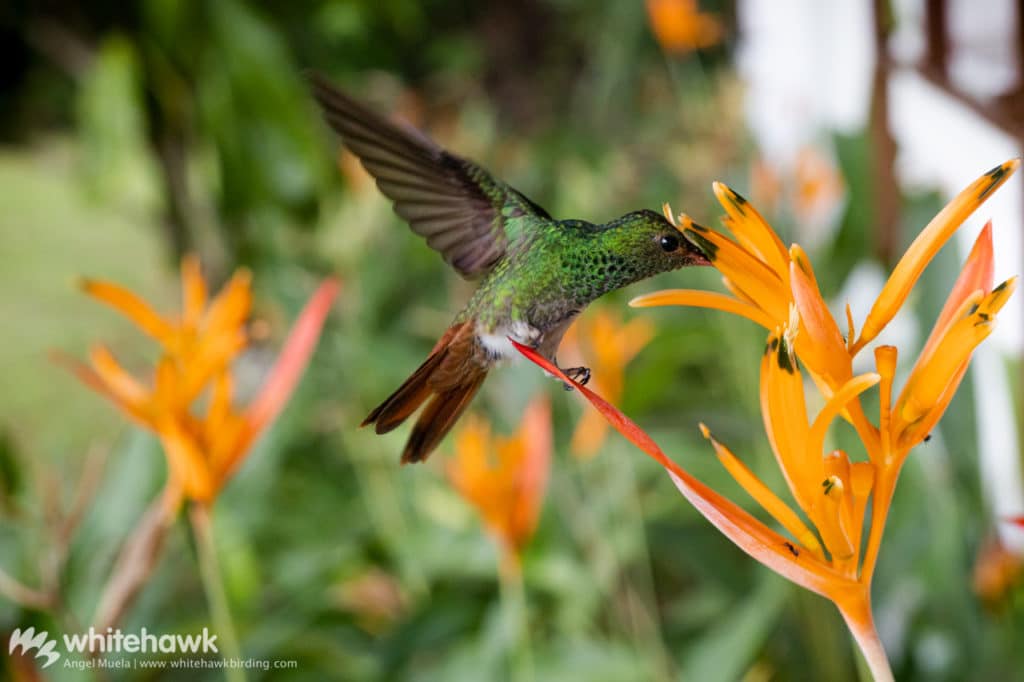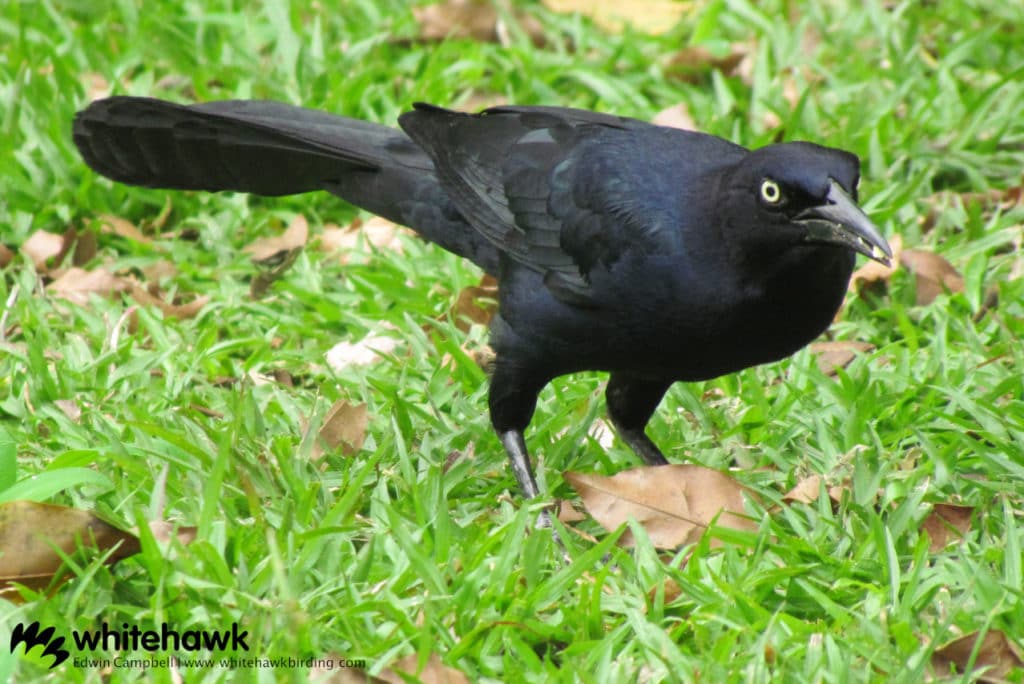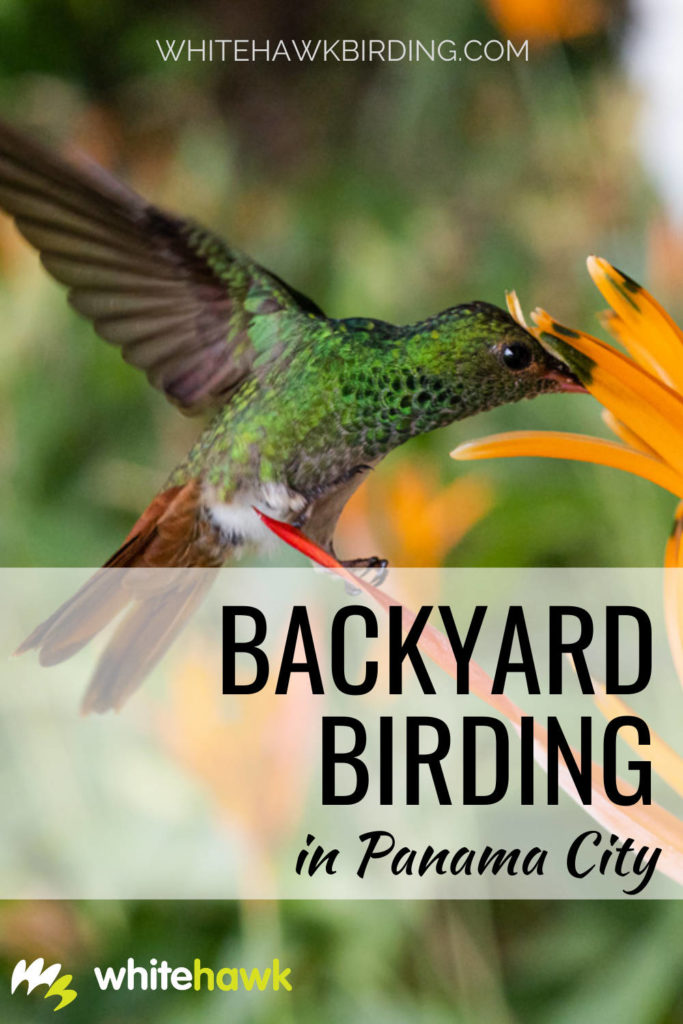Backyard birding has been popular for ages, and is not a hobby that has come about because of the “new normal.” However, given the current situation, many of us are still restricted to staying at home and are unable to get out and go birding. But we can observe birds from our windows, balconies, or in our gardens. It is a great way to keep doing what we like.
Also, bird watching has proven to decrease stress, anxiety, and depression levels. This suggests that when we feast our eyes upon the wildlife and birds around our homes, more than ever it will help us cope with the voluntary or mandatory lockdown. Ornitherapy, a movement of taking time to enjoy birds for our personal well-being, is now becoming more prevalent than ever.
I never stop birding and paying attention to the birds around my house. Long before quarantine, I already had a few hummingbird feeders in place. Also, as a regular “eBirder“, I have accepted the Checklist a-day Challenge, submitting at least one checklist per day. In this way, on the days that I am not guiding at the Neotropical birding mecca of Pipeline Road, or in any of the other fabulous places in Panama, I submit a few checklists from my house and surrounding areas.
Now with the lockdown, in addition to the hummingbird feeders, I have set up a feeder with fruits that attract other birds. The Rufous-tailed Hummingbird and Sapphire-throated Hummingbird visit my hummingbird feeders. Blue-gray, Palm, and Crimson-backed Tanagers and Clay-colored Thrush have come to the fruit feeders.

Common birds in a Panamanian backyard
Fortunately, Panama City is surrounded by nature. Just north of downtown, we can find two protected areas (Metropolitan Natural Park and Camino de Cruces National Park). To the south are coastal mangrove forests and the Pacific Ocean. My neighborhood is about two kilometers from those protected areas and it does not have the diversity of those green areas. So far, I have registered 93 species in my yard and surroundings. Here are some of the most common birds in my backyard:
- Ruddy Ground Dove – I rarely upload an eBird checklist without a record of this species. Either it is singing, foraging on the ground, or perched on the electrical wires. I remember this species from my childhood. A neighbor of mine who was not a birder, used to do birding backyard and regularly fed the ground doves in front of his house. And I was delighted! I have already told you that I have been bird watching in my community for a long time.
- Tropical Kingbird – another bird that likes electrical wires. They also do not fail to be included on my checklist. This is perhaps the first bird I hear singing in the early morning.
- House Sparrow – an exotic (non-native) species, first recorded in Panama City in 1979, but it took time to become abundant. A few years ago it was not so common. Now, this sparrow has a nest on every lamppost in the neighborhood.
- Great-tailed Grackle – incredible as it may seem, I see this species less frequently than the previous three. A lot of Panamanians think that this species has expanded its distribution or has been introduced here. However, they are native and there are records of this species from many years ago. Remains of the species have been found at an archaeological site, interestingly enough, in the “garbage dump,” which is supposed to contain food remains.
- Orange-chinned Parakeet – perhaps just as common as the Great-tailed Grackle. Often a couple of parakeets will perch on top of my house and begin their hubbub. Sometimes larger flocks of up to 15 individuals fly over my place. It is very nice to see them from below, when the contrast of the yellow of their wings with the rest of their green body is visible.
- Yellow-crowned Parrot – is one birds that brighten my days. Early in the morning, you can see one, a pair, or even flocks flying over my house to the north. In the late afternoon, they then fly back in the opposite direction.

This list does not end there. Some other birds are equally prevalent, such as Rock Pigeon, Pale-vented Pigeon, Red-crowned Woodpecker, Boat-billed Flycatcher, Yellow-bellied Elaenia, and Variable Seedeater. And last but not least, Great Egret, Black-crowned Night-heron, and Ringed Kingfisher visited a creek close to my house.
Backyard birding is more than a hobby
We have fun, de-stress, and reduce our anxiety by engaging in backyard birding. But perhaps the most important thing is that we are also helping birds, without having to leave home. One of the best things we can do is create a good habitat for them, and generate important information about our urban birds.
A bird-friendly yard will attract birds to our homes. Whether on our balcony, window, or patio, we can offer some form of resources to birds, such as food or shelter. These are so important in cities since cities are a major cause of loss of biodiversity.
We can also better understand how our yards and green spaces in cities help the birds by collecting data of our observations. We can participate in several citizen science projects to support the conservation of our winged friends. I already mentioned eBird, which has a resource to keep tracking our sightings specifically for local habitats: Patch List and Yard List. Another interesting project is Celebrate Urban Birds. This project seeks to engage people from urban areas in citizen science and scientific investigation, generating high-quality data which is valuable to understanding how urban birds use the city.
If you have not started backyard birding, I encourage you to do it. I know you will have a lot of fun. If you want more information on how to start and maintain a bird-friendly yard, you will find good advice on the National Audubon Society. And don’t forget to participate in a citizen science project.
~ Edwin


